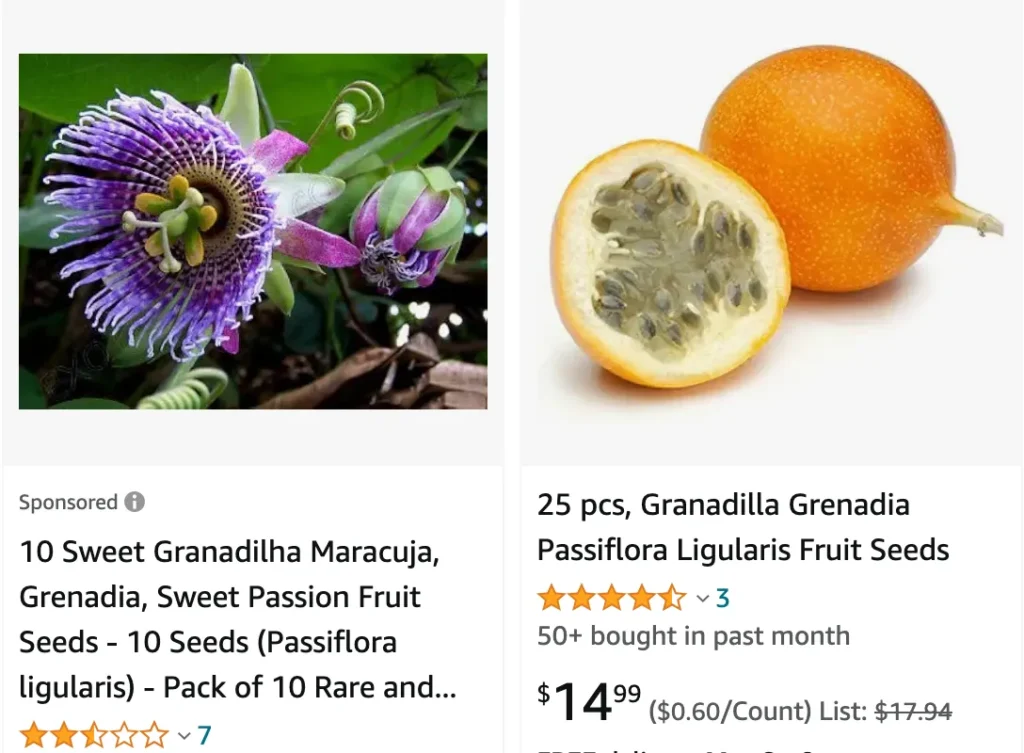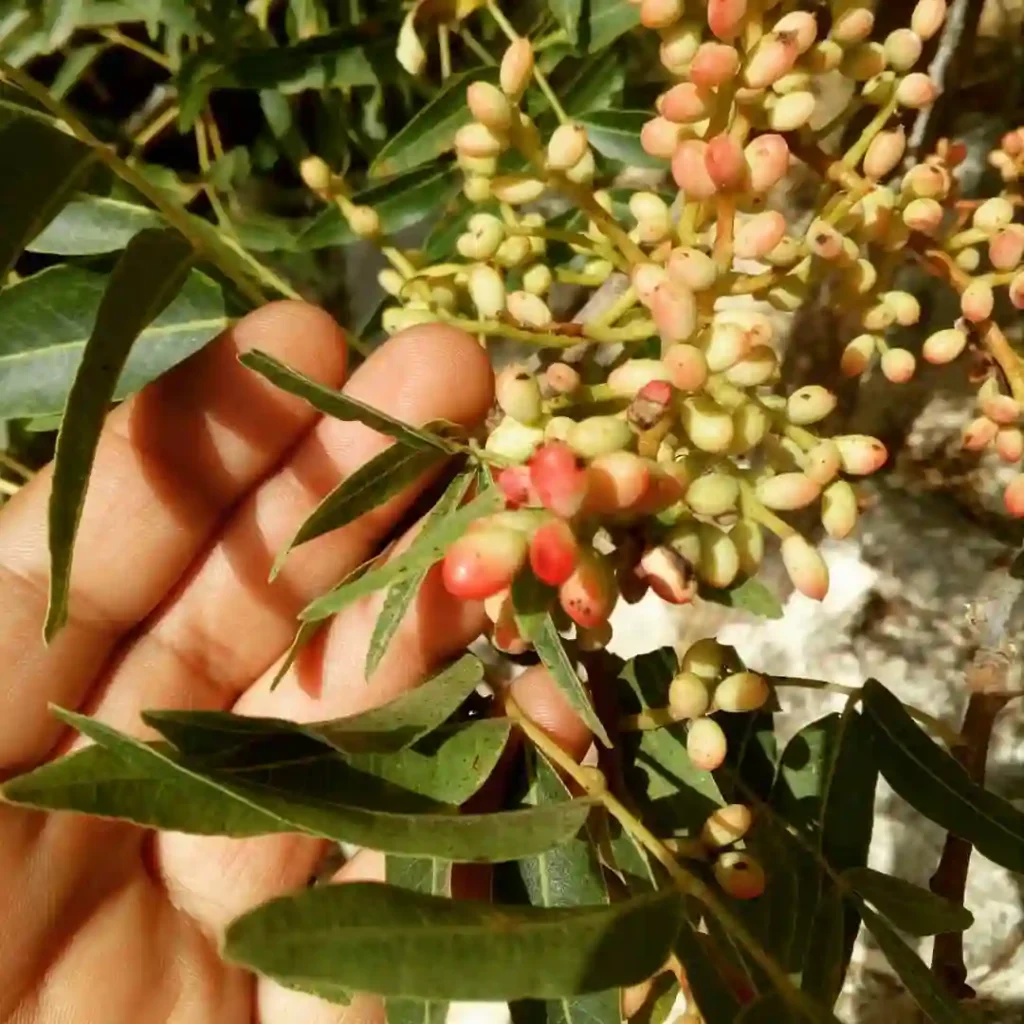
The Allure of the Sweet Granadilla: A Beginner’s Guide to Growing Passiflora Ligularis
For years, I’d been captivated by the exotic allure of passionfruit. But it wasn’t until I encountered the sweet granadilla, Passiflora ligularis, that I knew I had to cultivate it myself. This vigorous vine, boasting not only stunning flowers but also the title of “sweetest passionfruit,” stole my heart. However, as a novice gardener, I embarked on my journey with a thirst for knowledge.
Through trial and error, and countless hours spent devouring information, I’ve come to understand the intricacies of growing Passiflora ligularis. Now, I want to share the secrets I’ve gleaned with fellow gardening enthusiasts like yourself. So, grab your trowel and get ready to be enthralled by the sweet granadilla!
595 Species in Genus Passiflora
What is Passiflora Ligularis?
Passiflora ligularis, also known as the sweet granadilla or grenadia, is a captivating vine native to the Andes of South America. It’s an evergreen climber, meaning it flourishes year-round, boasting stunning green foliage and dazzling flowers. But the true star of the show is its fruit – a vibrant orange orb bursting with the sweetest, juiciest pulp imaginable.
Where to Begin: Choosing the Right Plant
Selecting a healthy Passiflora ligularis is the first step towards success. Look for a plant with vibrant green leaves, sturdy stems, and no signs of pests or disease. Opt for a young plant at a reputable nursery – they’ll often be sold in containers.
How to Grow Passiflora Ligularis?
Here’s where the magic begins!
- Climate: Passiflora ligularis thrives in warm, sunny climates. Ideally, it needs at least 6-8 hours of direct sunlight daily. If your summers are scorching, consider providing some afternoon shade.
- Soil: This vine isn’t overly fussy about soil, but well-draining, fertile soil is ideal. Amending your planting area with compost or organic matter can significantly enhance drainage and provide essential nutrients.
- Planting: Choose a location that offers ample support for the vine’s climbing nature. A sturdy trellis, fence, or arbor would be perfect. Dig a hole large enough to accommodate the root ball comfortably. Gently place your plant in the hole, ensuring the crown sits slightly above the soil level. Backfill the hole, tamping down the soil gently to eliminate air pockets. Water thoroughly.
How to Care for Passiflora Ligularis?
With a little TLC, your Passiflora ligularis will reward you handsomely.
- Watering: Water your vine regularly, especially during its active growing season. Aim for consistent moisture, but avoid waterlogging. As a general rule, watering deeply when the top inch of soil feels dry is a good approach.
- Feeding: During the growing season, a monthly application of a balanced fertilizer diluted to half strength can be beneficial. Opt for organic fertilizers whenever possible.
- Pruning: Regular pruning encourages bushier growth and promotes fruit production. Prune lightly throughout the growing season, focusing on removing any dead, diseased, or overcrowded stems.
Patience is a Virtue: When to Expect Fruit
Don’t expect overnight success! Passiflora ligularis typically takes 2-3 years to mature and start producing fruit. However, once established, it can become a prolific producer, gracing you with harvests for many years to come.
Additional Tips for Success
- Pollination: Passiflora ligularis is self-fertile, but hand pollination can significantly enhance fruit production. Use a small paintbrush to gently transfer pollen from the male flower parts (anthers) to the female flower parts (stigma).
- Overwintering: In colder climates, protecting your Passiflora ligularis from frost is crucial. Mulch heavily around the base of the plant and consider covering the vine with frost cloth during cold spells.
- Pests and Diseases: While generally resistant to pests and diseases, keep an eye out for common garden culprits like aphids and scale. Use organic methods like insecticidal soap or neem oil for control if necessary.
By following these simple steps, you can cultivate your own thriving Passiflora ligularis vine and savor the unparalleled sweetness of its fruit. Remember, a little patience and dedication go a long way in the world of gardening. So, get planting, and soon you’ll be basking in the rewards of your labor – a bountiful harvest of the sweetest granadillas imaginable!
If i die, water my plants!



